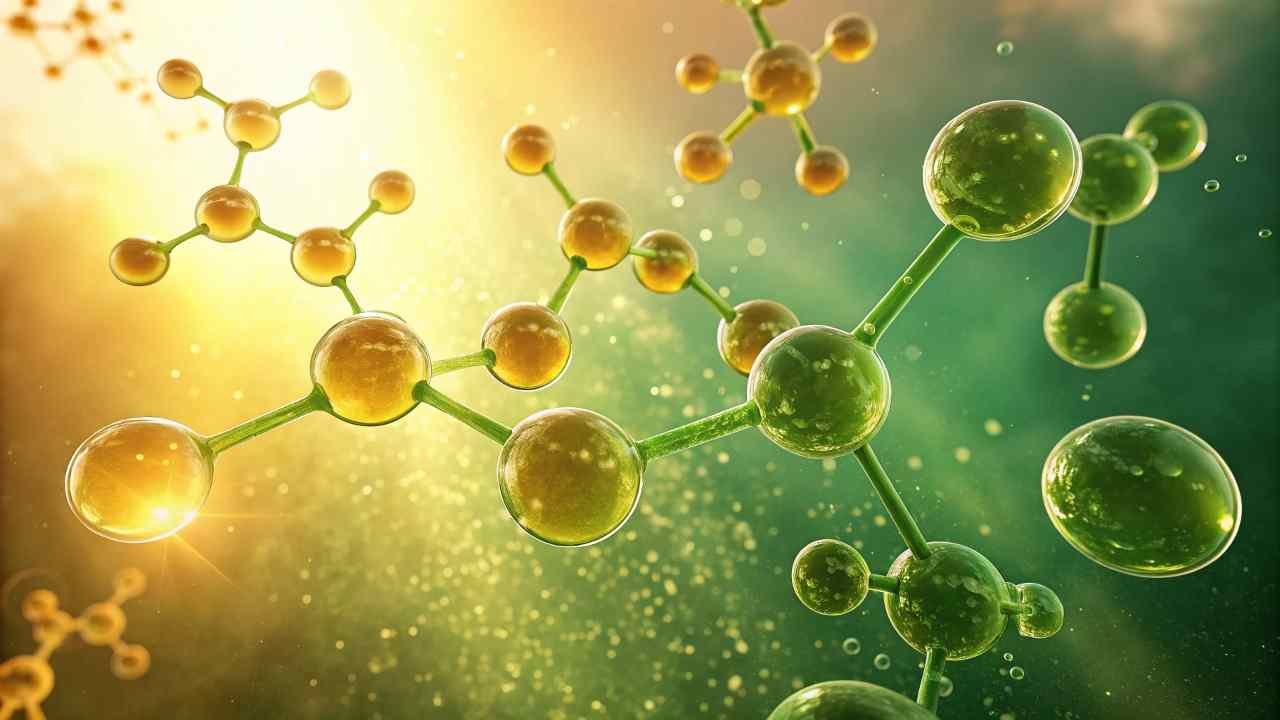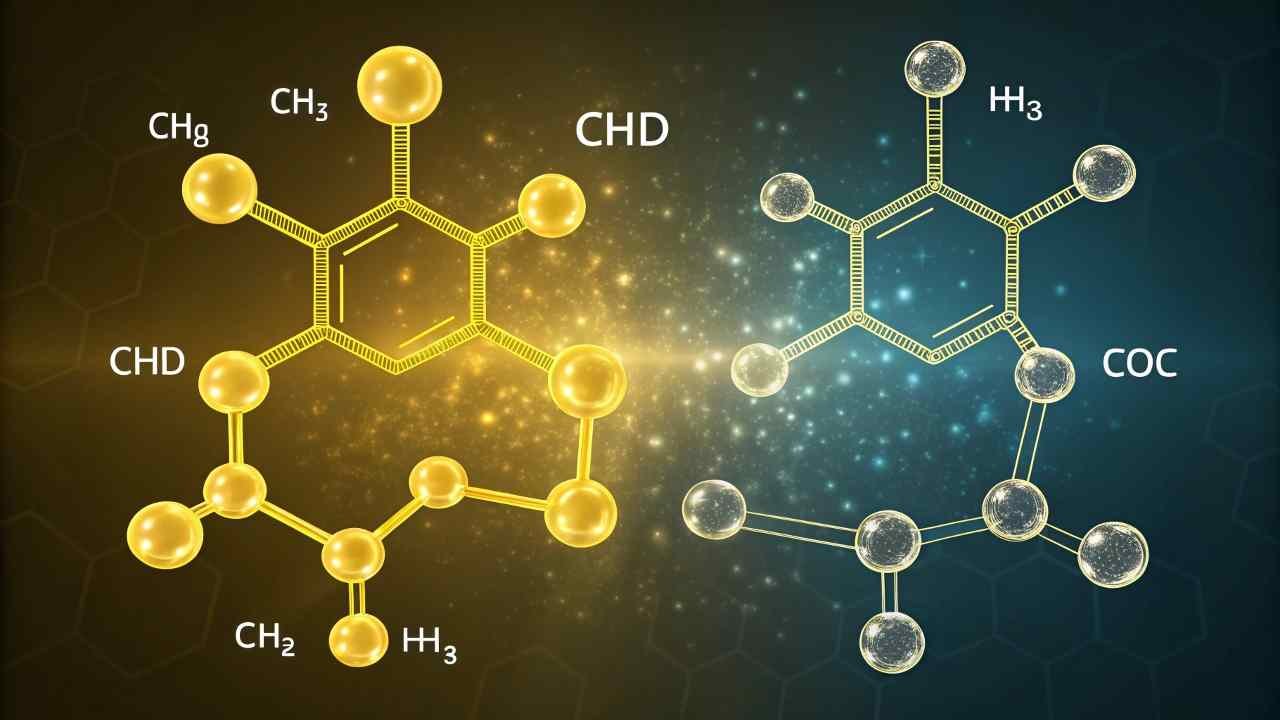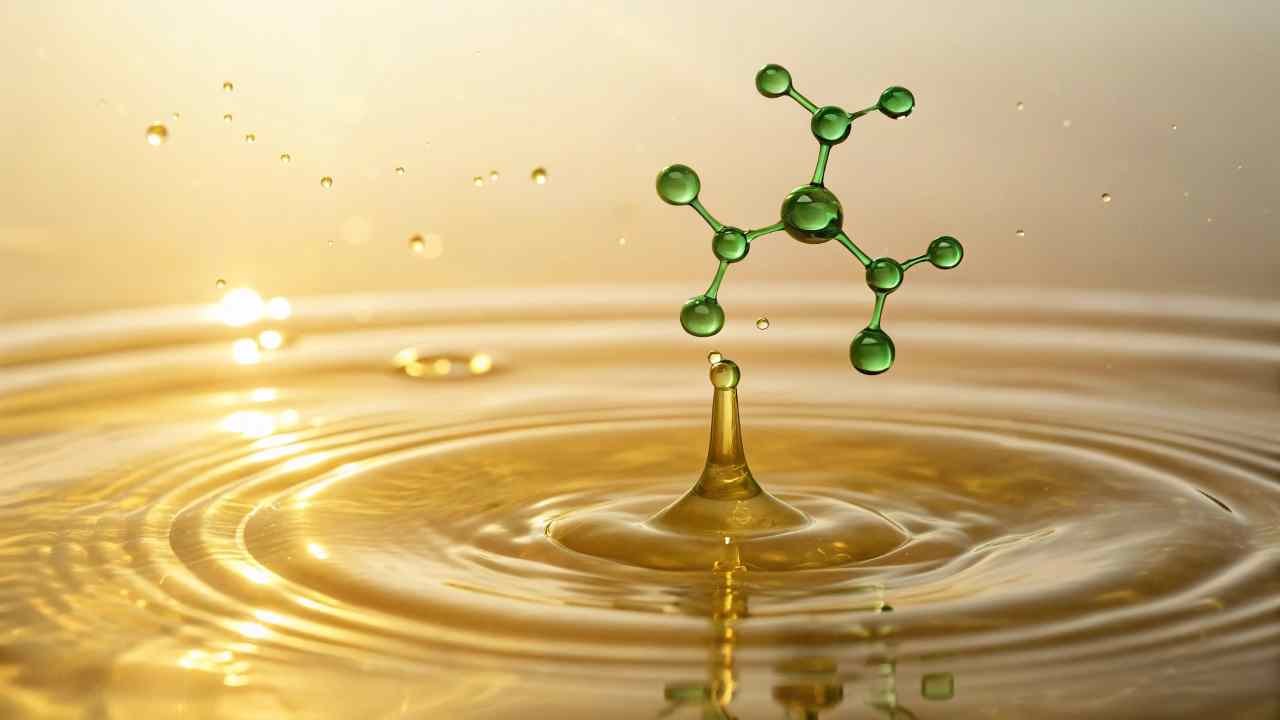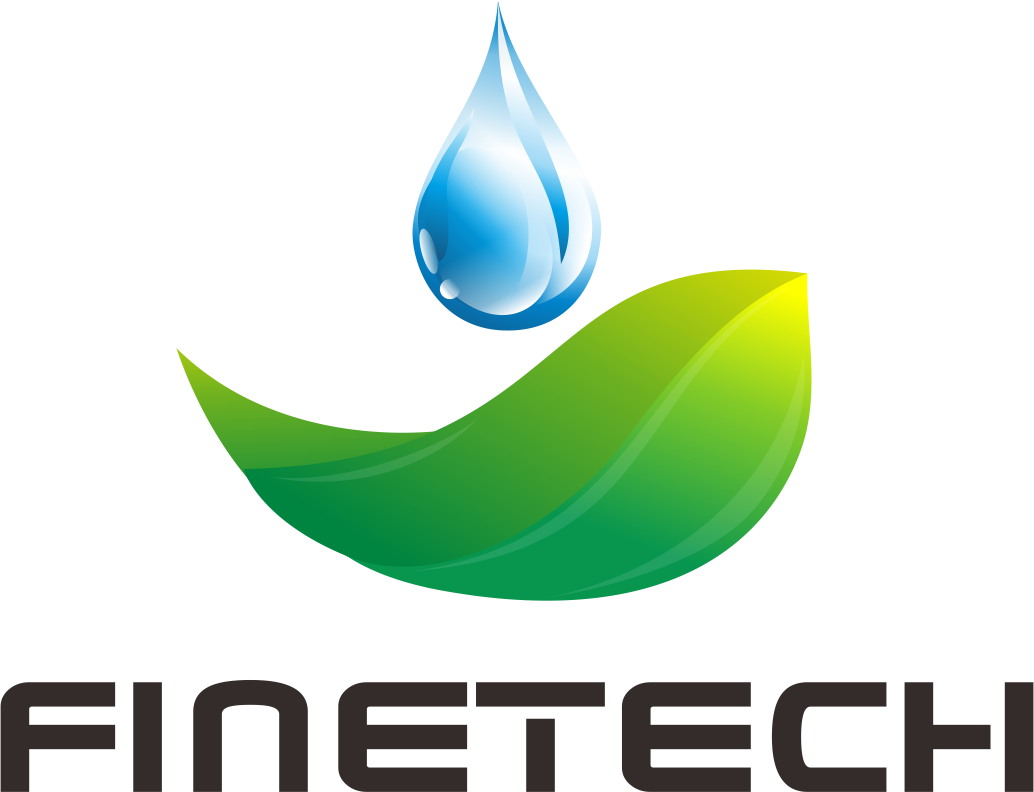Ascorbic acid hides in your daily food—but do you know how it shapes global food manufacturing? Ignoring its science could mean missed profits and failed QC checks1.
Ascorbic acid (C₆H₈O₆) acts as an antioxidant, pH regulator, and nutrient enhancer in processed foods. Its solubility in water (33g/100ml) and acidic nature (pH 2.2-2.5) make it ideal for beverages, baked goods, and meat preservation.
From neutralizing chlorine2 to boosting collagen3 in fortified products, here’s what every industrial buyer must verify before placing orders.
How Does Ascorbic Acid Function as a Food Preservative and Antioxidant?
Spoiled shipments cost the food industry $35 billion yearly—ascorbic acid fights this silently. But misuse it, and you’ll accelerate decay instead of preventing it.
Ascorbic acid delays oxidation by donating electrons to free radicals, extending shelf life by 20-400%. It’s 1.5x more effective than citric acid in fatty foods like sausages.

Key Mechanisms and Dosages
| Food Type | Target Action | Recommended Dose |
|---|---|---|
| Canned Fruits | Prevent browning | 150-200 mg/kg |
| Frozen Vegetables | Retain vitamin content | 0.05-0.1% by weight |
| Processed Meats | Inhibit nitrosamines | 300-500 mg/kg |
| Vegetable Oils | Delay rancidity | 0.01-0.02% |
Three critical rules:
- Temperature control: Works best below 40°C (degradation starts at 70°C)
- Synergy with packaging: Combine with vacuum sealing for 3x longer shelf life
- Cost efficiency: Adds $0.12/kg to production costs vs. $0.80/kg for synthetic preservatives
A UAE client reduced canned pineapple waste by 18% after we adjusted their ascorbic acid dosage from 180mg/kg to 220mg/kg. Always test with target packaging materials first.
Why Does pH Level Matter in Ascorbic Acid for Food Processing?
A 0.5 pH shift4 can slash ascorbic acid’s effectiveness by 60%.
Ascorbic acid works optimally below pH 4.0, acting as both preservative and acidulant. Above pH 5.0, it oxidizes rapidly—losing 50% potency in 3 hours.

pH-Dependent Performance
| pH Range | Stability | Common Applications |
|---|---|---|
| 2.0-3.0 | Excellent | Soft drinks, fruit juices |
| 3.1-4.0 | Good | Jams, pickled vegetables |
| 4.1-5.0 | Moderate | Bakery products, dairy |
| >5.0 | Poor | Neutral pH snacks, cereals |
Three pH management strategies:
- Blend with citric acid: Maintain pH 2.8-3.2 in beverages (1:0.7 ratio)
- Buffer systems: Use sodium citrate in dairy applications (pH 4.2-4.6)
- Real-time monitoring: Install pH sensors at mixing tanks ($1,200/unit ROI in 2 months)
We helped a Korean kimchi producer stabilize pH at 3.8 using ascorbic-citric acid blend. Their export rejections dropped from 12% to 2% in 6 months.
How Do Citric Acid and Ascorbic Acid Differ in Food Applications?
Using citric acid where you need ascorbic acid? That’s like fueling a Ferrari with diesel. Know the difference or risk product recalls.
Citric acid (C₆H₈O₇) primarily acidifies, while ascorbic acid (C₆H₈O₆) preserves and enriches. Ascorbic acid costs 2.3x more but offers nutrient retention citric acid can’t match.

Functional Comparison Table
| Parameter | Ascorbic Acid | Citric Acid |
|---|---|---|
| Main Function | Antioxidant, nutrient | pH adjuster, flavor |
| Thermal Stability | Degrades above 70°C | Stable up to 175°C |
| Nutrient Value | Adds Vitamin C | No vitamin content |
| Cost per kg | $6.50-$8.00 | $2.80-$3.50 |
| Daily Intake Limit | 2000 mg | No limit |
Three application guidelines:
- Beverages: Use ascorbic acid for vitamin claims, citric for tartness
- Baked goods: Citric acid better for dough conditioning (heat stability)
- Budget constraints: Blend 30% ascorbic + 70% citric acid for cost-sensitive markets
A Saudi tomato paste buyer switched to our recommended blend, cutting preservative costs by 19% while meeting EU vitamin C labeling requirements.
Can Ascorbic Acid Neutralize Chlorine in Water Treatment Systems?
Chlorine residues in process water can ruin flavors—ascorbic acid erases them in seconds. 1g ascorbic acid neutralizes 1.34mg free chlorine instantly via redox reaction: C₆H₈O₆ + HOCl → C₆H₆O₆ + HCl + H₂O. Safer than sulfur-based alternatives.

Chlorine Removal Efficiency
| Method | Residual Chlorine (ppm) | Taste Impact | Cost per m³ |
|---|---|---|---|
| Ascorbic Acid | 0.02 | None | $0.18 |
| Sodium Sulfite | 0.05 | Metallic | $0.12 |
| Activated Carbon | 0.10 | None | $0.35 |
| Aeration | 0.50 | None | $0.08 |
Three implementation tips:
- Dosage control: Use 0.8-1.2g per m³ water (test residual with DPD tablets)
- Timing: Add post-filtration to avoid reacting with other chemicals
- Certifications: NSF/ANSI 60 required for drinking water applications
Our German client eliminated chlorine-related customer complaints by implementing our ascorbic acid dosing system—ROI achieved in 4 months.
Why Is Vitamin C Critical for Collagen Synthesis in Fortified Products?
Collagen supplements5 boom—but without vitamin C, 40% of their claims are empty promises. Buyers, check your formulations now.
Ascorbic acid enables proline hydroxylation—the key step in collagen formation. Fortified foods require 12-24mg vitamin C per gram of collagen for bioavailability.

Formulation Guidelines for Collagen Products
| Product Type | Collagen Source | Vitamin C Ratio | Cost Impact |
|---|---|---|---|
| Sports Drinks | Marine collagen | 15mg/g | +$0.22/unit |
| Protein Bars | Bovine collagen | 20mg/g | +$0.15/unit |
| Infant Formula | Hydrolyzed collagen | 24mg/g | +$0.30/unit |
Three quality checks:
- Stability testing: Ensure 90% vitamin C retention after 12-month shelf life
- Synergistic nutrients: Add zinc (10mg/100g) to boost collagen synthesis
- Label compliance: Meet EU Regulation (EC) No 1924/2006 for health claims
A Malaysian supplement brand increased repeat purchases by 33% after we reformulated their collagen drink with optimized vitamin C levels.
Conclusion
Mastering ascorbic acid’s chemistry unlocks preservation, fortification, and cost-control opportunities—essential for competitive food manufacturing.
-
Learning about QC checks can help ensure product quality and compliance, ultimately boosting your business's reputation and profitability. ↩
-
Learn how neutralizing chlorine can enhance safety and quality in your products, ensuring compliance and customer satisfaction. ↩
-
Understanding the benefits of collagen can help you make informed decisions about product quality and health benefits. ↩
-
Understanding the effects of pH on ascorbic acid can help in optimizing its use in various applications. ↩
-
Discover the numerous health benefits of collagen supplements and how they can enhance your well-being. ↩


